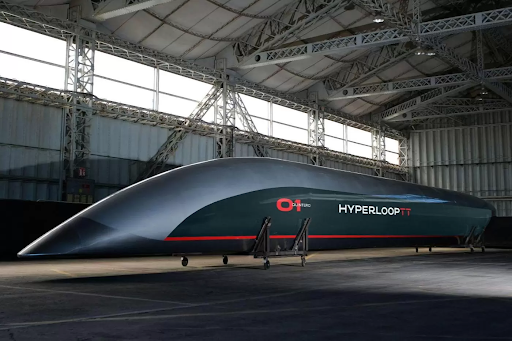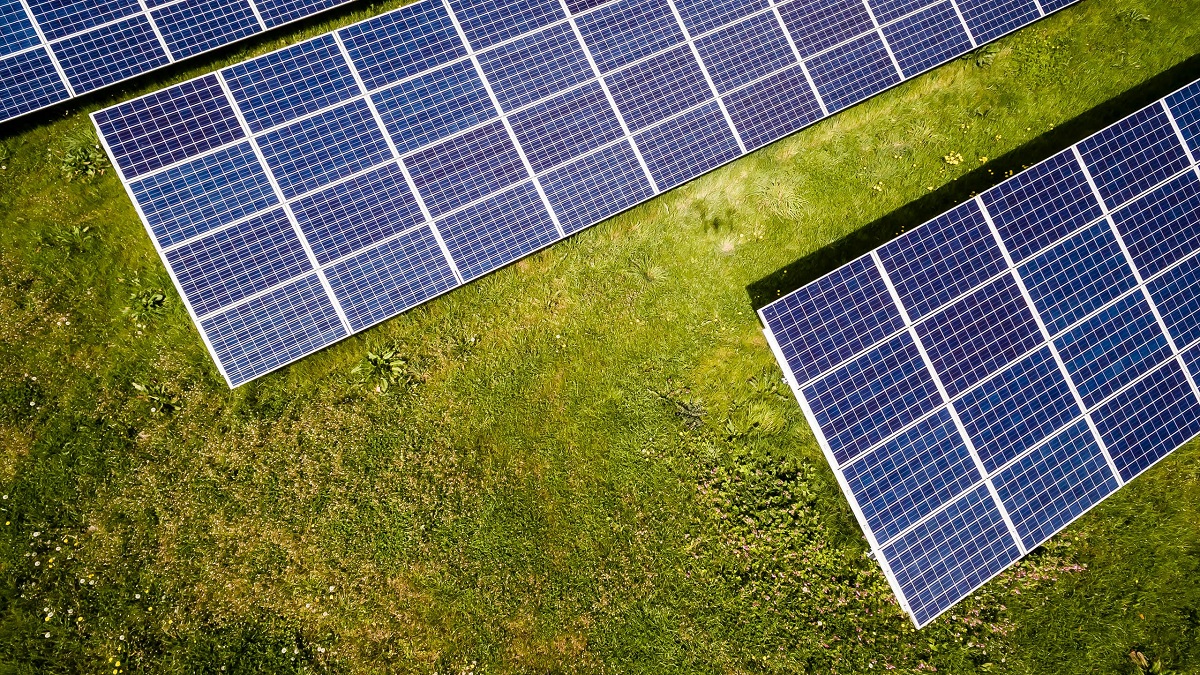
Imagine finishing the journey from Los Angeles to San Francisco in just half an hour. This once apparently unbelievable stunt is now within reach, thanks to the revolutionary concept of the Hyperloop. Presented by Elon Musk in 2013, the Hyperloop has the possibility to adjust our understanding of transportation, turning long-distance travel into a quick, city-to-city hop.
The Hyperloop is a high-speed transport system created for both passenger and cargo transport. Invented by Elon Musk, this advanced open-source project has its roots in ideas from the 1900s. Basically, a Hyperloop consists of a system of vacuum-sealed tubes that maintain very low air pressure, allowing pods to move with minimal air resistance and friction.
Generally, suggested Hyperloop designs include three basic components: tubes, pods, and terminals. These tubes serve as large, tight, low-pressure conditions where a pressurized coach (operating at atmospheric pressure) travels. This coach, often mentioned as a pod, may use streamlined or magnetic power to flow along a fixed guideway, with terminals handling the entry and exits of these pods.
One of the most influential advantages of the Hyperloop lies in its ability to reduce greenhouse gas excretion. Usual transportation methods, like cars and planes, heavily rely on fossil fuels and contribute significantly to climate change. Contrarily, the Hyperloop’s design includes sustainable energy sources, such as solar panels on the tube, making it not only a quicker and more productive mode of travel but also an eco-friendly one.

Another exciting benefit of the Hyperloop is its capability to reduce urban traffic jams. As urban populations continue to grow, traffic jams have become a critical issue, leading to larger pollution and lowered urban livability. By delivering a high-speed choice to traditional transportation, the Hyperloop could inspire more people to leave their cars at home, eventually lowering traffic and improving air quality.
Since its initial proposal, the Hyperloop has been developing rapidly. Several companies, including Elon Musk’s SpaceX, have been vigorously working on the technology and performing tests to bring the concept nearer to reality. In 2017, Virgin Hyperloop One reached the first successful full-scale test, gaining speeds of up to 240 miles per hour. While this is still a significant distance from the expected top speed of 700 miles per hour, it marks a momentous milestone in recognizing this innovative transportation system.

However, problems remain on the path to making the Hyperloop a reality. One major interest is the high cost associated with developing the necessary framework. The structure of tubes, stations, and land acquisition for avenues could present a considerable financial barrier. Security and passenger convenience at such high speeds are also areas of concern, as well as possible impacts on nature and the atmosphere.
However, the latent advantages of the Hyperloop are absolute. If effectively implemented, it could change the way we travel, making long-distance substitutes a thing of the past and especially reducing our dependence on fossil fuels. As research and evolution continue, the goal of a high-speed, environment-friendly transportation system may soon become a substantial reality.
In conclusion, the Hyperloop incorporates an aspiring vision for the future of transportation. With its possibility to significantly reduce travel times, lower greenhouse gas release, and ease urban traffic blockage, the Hyperloop has the power to transform how we move between cities. Despite existing challenges, the progress made so far is encouraging, and the world eagerly waiting for the day when this groundbreaking transportation system becomes a reality. The term “Hyperloop” is rapidly gaining fame in the domain of transportation, determined by traditional ideas associated with speed in travel, such as airplanes, bullet trains, or magnetic levitation trains. What was once a vision often found in science fiction is now developing into a substantial reality.





